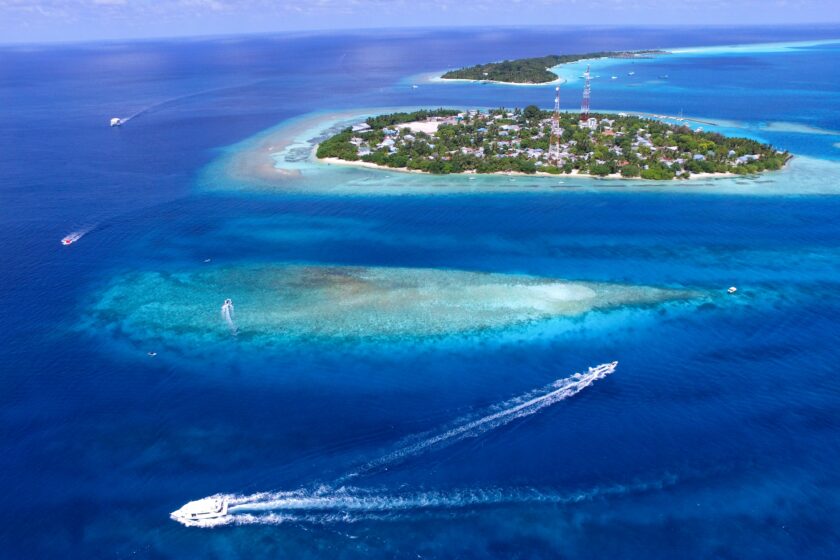Eleuthera, Bahamas – Throughout the world’s vast oceans, small island countries from the Bahamas, 48 miles off the east coast of Florida, to Samoa in the South Pacific, face an existential threat from sea level rise caused by the Climate Crisis. It’s causing severe droughts in the U.S. Midwest, wild fires in California, major destructive hurricanes in several U.S. coastal cities and extreme heat waves in Europe killing thousands. But these 41 small island developing states (SIDS) including Grenada, Barbados and St. Lucia in the Caribbean and the Solomon Islands and Fiji in the Pacific, are facing no less than
Brent L. Probinsky is a lawyer and environmental activist in Florida.
